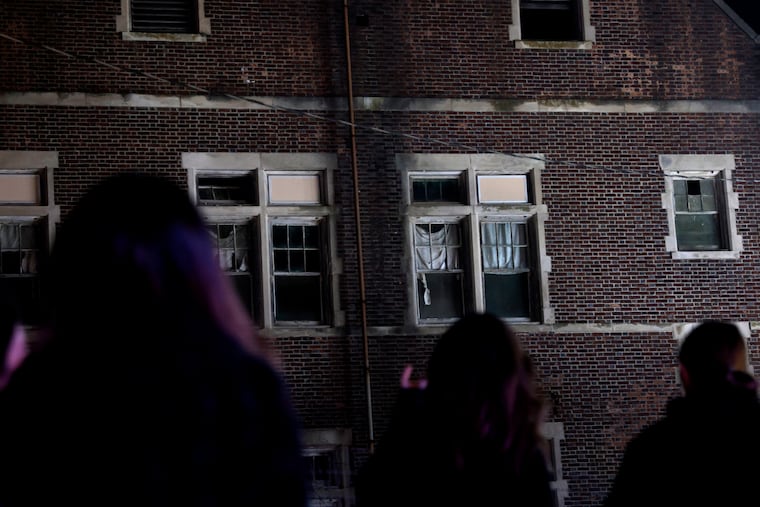Pennhurst: A timeline of the true horror behind the infamous haunted house site
About 10,600 people lived in Pennhusrt over its 79 years of operations, with half dying there, before the grounds became a haunted house.

The Pennhurst State School and Hospital was a scary place well before it was turned into a Halloween haunted house.
Here is a look at the institution’s history by the numbers.
1908: Pennhurst opened its doors as a facility to house people with intellectual and developmental disabilities who were deemed unfit for society. It was intended to house no more than 500 residents, but it was overcrowded from the start. By 1957, the institution had more than 3,500 residents with just 600 staff, from groundskeepers to aides. Throughout its 79 years of operation, about 10,600 people lived there. About half died in the institution, many due to the poor living conditions, according to James Conroy, a medical sociologist who studied Pennhurst.
1968: WCAU (Channel 10) aired a five-part documentary called Suffer the Little Children that exposed the conditions at Pennhurst to the public. Reporter Bill Baldini found that the largest zoos in the United States spent more per day to feed their animals than Pennsylvania spent on the people at Pennhurst.
1972: Pottstown’s The Mercury newspaper called Pennhurst “the shame of Pennsylvania,” describing “1,700 human beings stored away in crumbling warehouses, the urine stench of decades soaked so deeply into the walls and floors that it can never be washed out.”
1970s: Three major lawsuits filed throughout the 1970s led to Pennhurst’s eventual closure.
1977: A federal district judge ordered Pennhurst to make arrangements for all residents to move to care in the community.
1982: The Department of Justice indicted nine present and former aides for assaulting and abusing patients. At the time, Pennhurst had 640 patients who on average had been there for more than 35 years.
1985: The Pennhurst Longitudinal Study, ordered as part of the lawsuit to close Pennhurst, was released. The researchers followed 1,154 people who lived at Pennhurst and found that none became homeless or incarcerated. They tended to live at least six years longer, and 14% became more independent. Almost all said that they were better off outside of Pennhurst. Despite a reported 19% increase in services, the cost to taxpayers went down by 15% compared to funding Pennhurst.
1987: The last patient left Pennhurst.